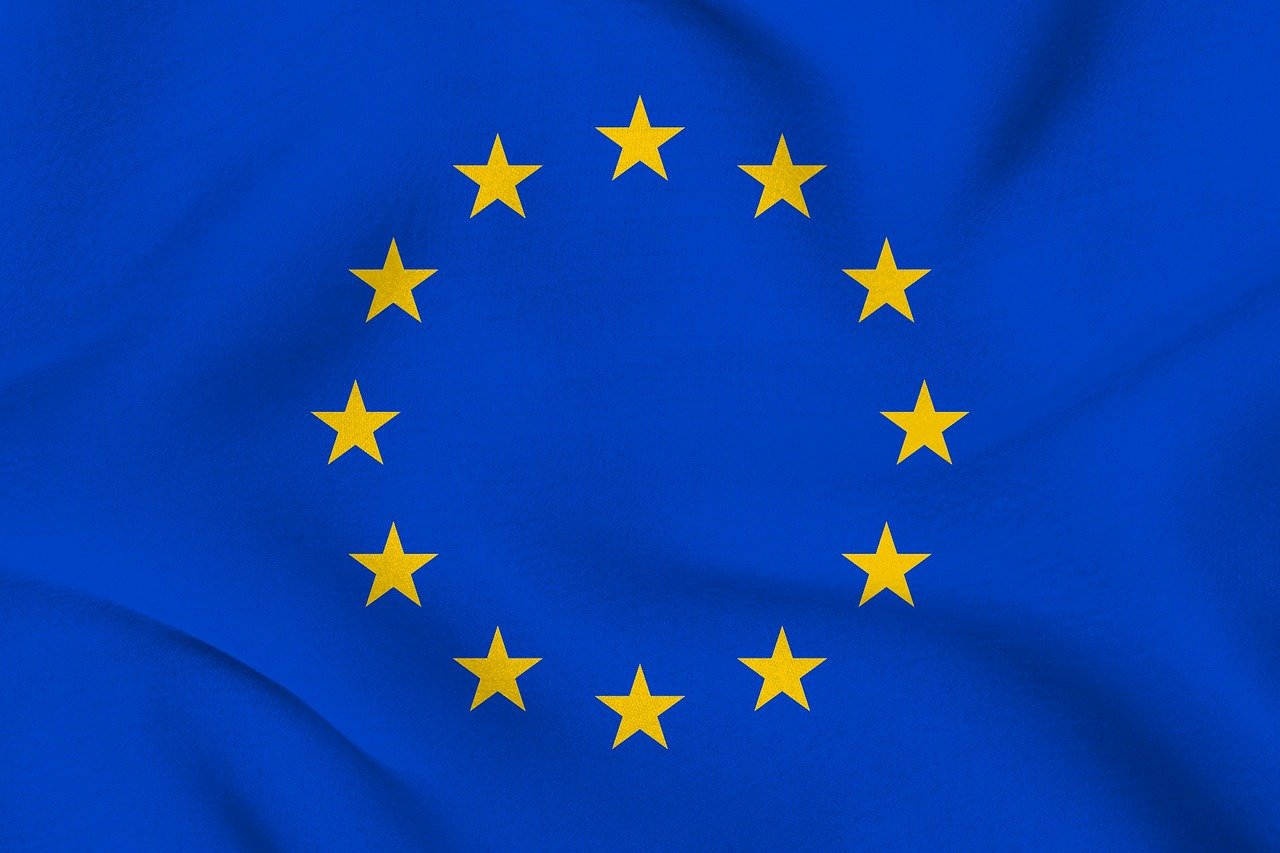EU Risks Falling Behind in Digital Finance, Warns Former ECB Board Member
06.07.2025 13:00 2 min. read Kosta Gushterov
Europe’s reluctance to embrace stablecoins and blockchain technology could erode its monetary sovereignty and marginalize the euro in the next phase of global finance, according to former European Central Bank board member Lorenzo Bini Smaghi.
Writing in the Financial Times, Bini Smaghi—who now serves as chair of Société Générale—warned that despite having regulatory frameworks like MiCA, the EU remains hesitant to fully integrate digital assets into its financial system. The Markets in Crypto-Assets (MiCA) law, which recently came into force, requires stablecoin issuers to back their tokens with cash and high-quality sovereign debt. In parallel, the bloc is testing a pilot regime for trading financial instruments on blockchain-based distributed ledgers.
Lack of euro-based stablecoins raises sovereignty concerns
Still, Bini Smaghi noted that the euro is nearly absent from the growing stablecoin market, which remains dominated by dollar-pegged assets. He argued that this lack of participation is due to banks and policymakers in the EU being overly cautious or skeptical about blockchain innovation.
“This hesitation could carry serious consequences,” he wrote, adding that if European consumers and businesses increasingly rely on dollar-based stablecoins for payments and savings, capital could shift away from euro-area banks to U.S.-linked digital platforms.
Such a trend, he warned, could reduce the European Central Bank’s influence over monetary policy and destabilize traditional banking institutions in the region. With global finance rapidly shifting toward tokenized money and decentralized infrastructure, Bini Smaghi believes the EU must act decisively to remain relevant.
Conclusion
Bini Smaghi’s warning comes at a pivotal time, as digital finance accelerates globally and stablecoins become increasingly integrated into mainstream payments and financial systems. While MiCA provides a foundational regulatory framework, regulation alone is not enough if adoption lags behind. The euro’s near absence from the stablecoin landscape is a clear signal that Europe risks being a bystander in a dollar-dominated digital economy.
To prevent capital outflows and safeguard monetary sovereignty, EU institutions must not only regulate but also innovate—encouraging banks to issue euro-backed stablecoins, integrating blockchain solutions into public infrastructure, and promoting competition with U.S.-led platforms. The digital transformation of money is no longer a distant prospect—it is unfolding in real time. If Europe wants to retain financial independence and global relevance, hesitation is no longer an option. The challenge now is not creating rules but building momentum, trust, and the infrastructure to support a competitive euro-denominated digital future.
-
1
SoFi Returns to Crypto with Trading, Staking, and Blockchain Transfers
27.06.2025 8:00 1 min. read -
2
GENIUS Act Could Reshape Legal Battle over TerraUSD and LUNA Tokens
30.06.2025 9:00 1 min. read -
3
Whales Buy the Dip as Retail Panics: This Week in Crypto
29.06.2025 14:00 3 min. read -
4
History Shows War Panic Selling Hurts Crypto Traders
28.06.2025 18:30 3 min. read -
5
Ripple Faces Legal Setback as Court Rejects Bid to Ease Penalties
26.06.2025 16:54 1 min. read
PayPal Expands PYUSD to Arbitrum in Latest Blockchain Push
PayPal has expanded its stablecoin, PayPal USD (PYUSD), to the Arbitrum network, marking a key step in its strategy to integrate with faster, more cost-efficient blockchain infrastructure.
Citigroup Explores Launching Stablecoin as Banks Embrace Crypto Shift
Citigroup is evaluating the potential launch of its own U.S. dollar-backed stablecoin, signaling a growing shift in sentiment among traditional financial institutions toward digital assets.
JPMorgan CEO Jamie Dimon Comments Stablecoins
JPMorgan Chase CEO Jamie Dimon remains skeptical of stablecoins—but says ignoring them isn’t an option for the world’s most powerful bank.
Crypto Cycles are Evolving: Analyst Explains Why Old Patterns no Longer Work
According to crypto analyst Atlas, the traditional four-year cycle that once defined Bitcoin and altcoin market behavior is now obsolete.
-
1
SoFi Returns to Crypto with Trading, Staking, and Blockchain Transfers
27.06.2025 8:00 1 min. read -
2
GENIUS Act Could Reshape Legal Battle over TerraUSD and LUNA Tokens
30.06.2025 9:00 1 min. read -
3
Whales Buy the Dip as Retail Panics: This Week in Crypto
29.06.2025 14:00 3 min. read -
4
History Shows War Panic Selling Hurts Crypto Traders
28.06.2025 18:30 3 min. read -
5
Ripple Faces Legal Setback as Court Rejects Bid to Ease Penalties
26.06.2025 16:54 1 min. read


